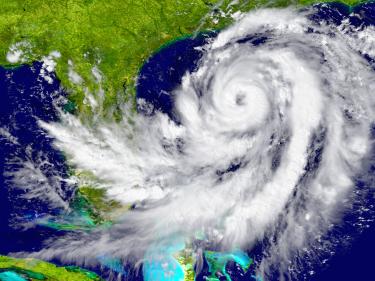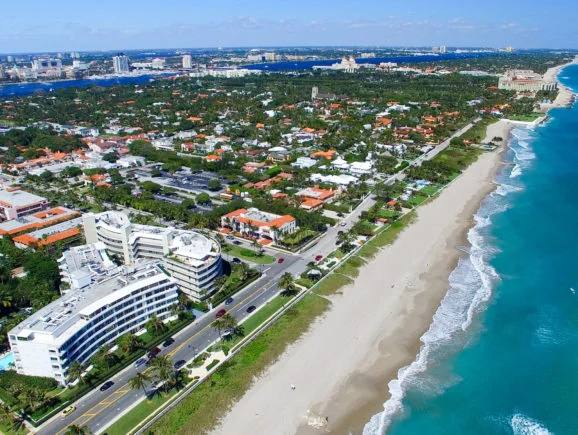How to Assess Your Infrastructure To Be Climate Resilient
Updated April 13. Read Part 2 in this series: How Investments in Climate Resiliency Can Pay Off Later

The 2021 Atlantic hurricane season is only a few months away. Is your water and wastewater infrastructure climate-ready?
Meteorologists at Colorado State University say another active hurricane season is likely, forecasting that 2021 will have 17 named storms, including eight hurricanes. Cities along the Atlantic and Gulf Coasts have the most to lose due to storm surge flooding, according to a 2015 report completed by Karen Clark and Co. The Tampa region tops a list of most vulnerable regions in the United States with an estimated loss of $175 billion if struck directly by a category 1 hurricane. New Orleans follows with a damage projection of $130 billion, New York City with $100 billion, Miami at $80 billion, Fort Myers at $70 billion, Galveston-Houston at $55 billion, Sarasota at $50 billion and Charleston at $45 billion.
Municipalities and utilities along the coasts should take steps to assess their facilities for their ability to withstand projected storms now and through their project life span. It is, after all, not a matter of if storm surge will impact a coastal facility but when. The time to assess your facilities is now.
To determine how vulnerable a utility’s facility is to the impacts of sea level rise and storm surge, a climate resilience analysis must first be done. The standard generally followed to complete such an evaluation is the EPA’s Climate Resilient Water Utility Guidelines. It can be summarized as follows:
- Determine the appropriate NOAA projected Seal Level Rise (SLR) curve – For high risk infrastructure, use high projection for future SLR. For low-risk infrastructure, the low projection for future SLR can be used.
- Determine service life of the facility – Service life is used to determine length of the timeline for the SLR evaluation
- Determine events to be evaluated – What is the consequence of losing the facility being evaluated to the mission of the overall system? Is the facility a high-risk or low-risk component in the overall utility system? Is the facility evaluated being set to meet a higher standard than more critical equipment in the overall system?
- Overlay GIS/survey data of facility on the same datum – Collect and process data, synchronize datums and create a surface.
- Determine flooding elevation – Utilize projected SLR for year/curve to be evaluated. Utilize existing NOAA storm surge maps for the event evaluated. Project flood elevation for facility/event/year evaluated.
- Analyze projected impact – Compare surge/flooding elevation to elevation of critical facility components.
- Monetize the impact.
Next, with monetized projections completed examine strategies to adapt your facilities. As detailed in the EPA’s Planning for Climate Change Adaptation Guide Complete the following:
- Understand projected impacts and challenges. Develop an adaptation plan to gain a better understanding of how climate change, along with other stressors, may impact your infrastructure and operations.
- Identify thresholds for failure or damage. Catalogue threshold conditions for critical assets, operational components and utility organization systems that may fail or suffer damage when challenged by climate change impacts.
- Assess risks. EPA’s Climate Resilience Evaluation and Awareness Tool provides a framework for utilities to conduct a climate change risk assessment.
- Determine adaptation options. Options should also be considered with respect to current utility improvement/priorities and projected available resources. Using the monetized values previously developed and projected costs for the resilience strategies a benefit/cost evaluation should be used to rank potential resilience strategies.
- Select resilience strategies to be implemented. Strategies as an aggregate with timing of the same will make up the core of the adaptation plan.
- Implement and monitor. Implement your adaptation plan, monitor conditions and compare results to assessments.
Not sure where you are in the process?
Freese and Nichols’ team has experience assessing climate vulnerability of water and wastewater infrastructure and creating climate resiliency. Our team has conducted climate vulnerability assessments for several utilities in coastal Florida and Georgia, and assisted in the planning and design of hardening measures to make those utilities climate resilient.
Originally published June 3, 2020





